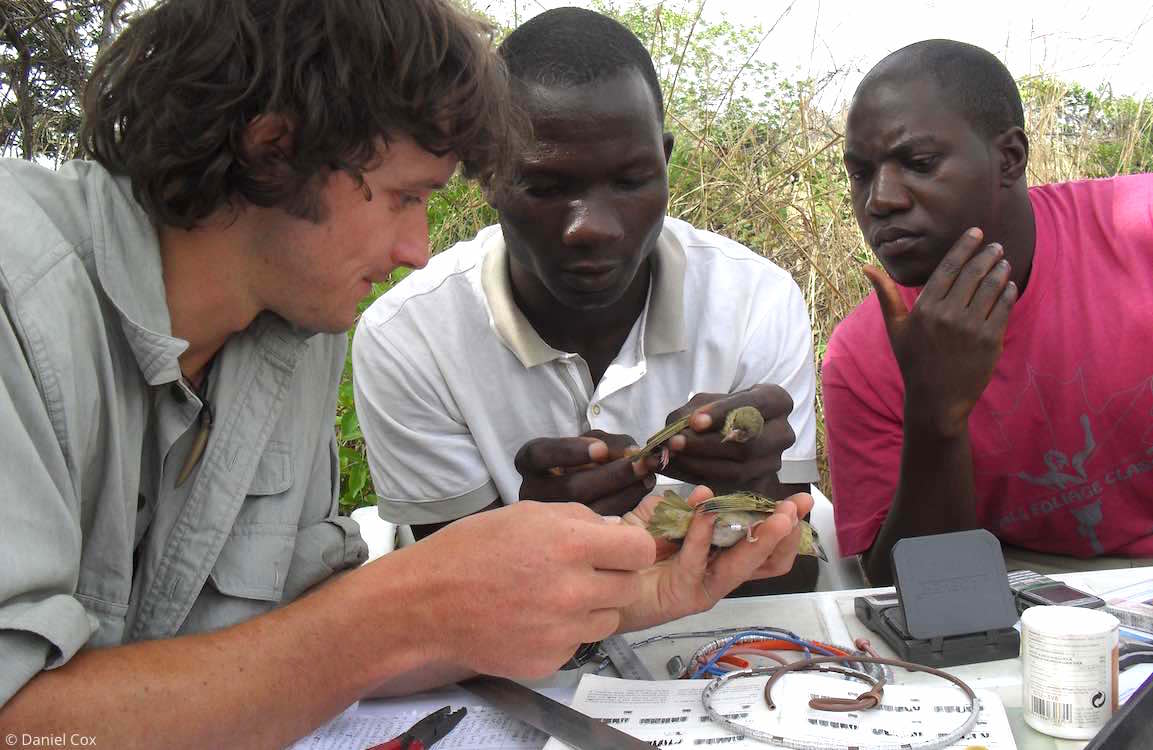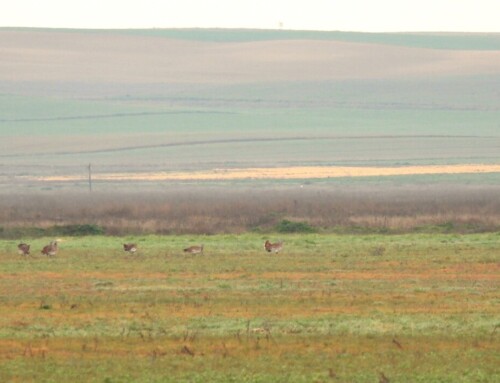
One of my early experiences of the Grants Committee was being faced with a Dropbox full of 125 small grant applications, and more than three times that in supporting documents! That was a daunting task, and even after the then Chair had whittled them down to just (!) 95, it was still a massive number to consider. A lot of late nights lay ahead of me.
Despite such a workload, all the Committee’s members really enjoy assessing our small grants. Being a small charity, the BOU has a limited pot of money to spend each year and, by funding only small projects, the BOU’s contribution really can make a difference as to whether these projects go ahead or not.
Applications are open to all BOU members, for any area of ornithological research, anywhere in the world. Many come from PhD students, to help with their field expenses or equipment for a specific part of their research, often to answer a question that has cropped up during their main project. Some of the most exciting applications are pioneering pilot projects which might open up a much larger pot for funding from others, or where a small amount of extra money could lead to an exciting publication arise from an existing dataset.
Some applications are for things that may well not work or for work that other funders would not necessarily fund. These risky applications may provide some of the largest benefits and the data obtained from them may well be used to leverage larger funds from a bigger funder once a concept has been proven.
Localities benefiting from BOU support since 1972
What makes a good application?
Every year we have to reject a number of applications because they did not follow the guidelines – so a handful of potentially great project ideas fall at the first hurdle.
The first cause of failure (and most frustrating as it wastes both the applicant’s and the Committee’s time!), is failure to read the documentation! Applications that do not follow the guidelines are automatically rejected.
Second, ensure that what you are trying to do is clearly outlined in the application. Outline the key questions, give expected sample sizes (are they feasible to obtain in the time?), explain the approach and methods you are going to use to analyse your data and explain why this study is relevant and important. The Committee receives many more applications than it can fund, so only the compelling cases are supported.
Third, make sure the budget is realistic, honest and fits the questions being asked. These are small grants and are purposely targeted towards smaller projects where the available funding will make a difference. We sometimes have to consider budgets that are not fully costed or are larger projects dressed up to look like a small project.
Finally, even the best constructed application can fail on the science. Ensure that the application is interesting. The Committee might be considering over 100 applications, so when we reach really innovative or novel applications, these inevitably cause the Committee to look up at each other and make appreciative comments. An interesting discussion about the merits then ensues and makes sure that everyone feels their day has been worthwhile!
Please remember that members of any funding committee are themselves experienced in both applying for funding and assessing funding applications – so they can easily spot and pull apart weak methodology, likely outputs, and poor costing and budgeting.
View previous small grant awards
Career development bursaries

Seabird studentships

And there’s more . . .
This article is part of a series explaining more about what we do and why we do it (see links below). You can also read more about some of our community, about why they are BOU members and why and how they help us deliver our many activities.
More about the BOU
The BOU’s global ornithology community
What does it take to run the #1 ornithology journal?
What makes a BOU conference?
The BOU – a personal perspective from the US
Listing into the future
BOU – we’re better when we’re together
Developing early-career researchers
Meet some of our members and those who help run the BOU
Blog with #theBOUblog
If you want to write about your research in #theBOUblog, then please see here.
Images
Scops Owl © @stevedudley_
Whimbrel © Verónica Méndez from Risking it all in a direct flight on #theBOUblog






